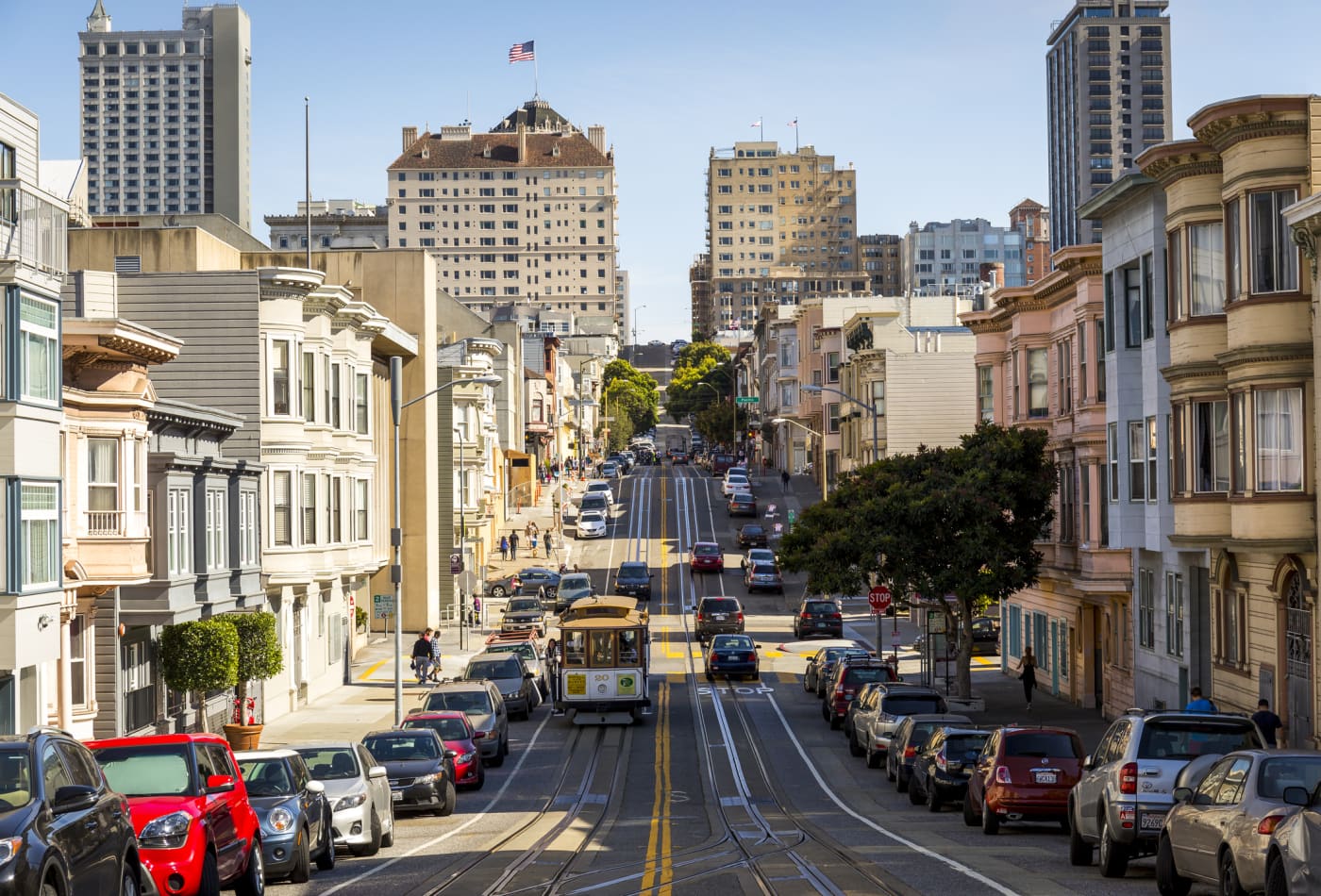#BayArea #MarinCounty #SanFrancisco #SanMateo #HighcostofLiving #LowIncome
The Bay Area is so expensive, earning $117,400 a year qualifies you as "low income" in some counties.
Every year the U.S. Department of Housing and Urban Development releases "income limits," the minimum income level required to qualify for some affordable housing programs.
To be considered "low income" in San Francisco, San Mateo, and Marin counties, a family of four must earn $117,400 a year. "Very low income" is considered $73,300.
The Bay Area figures are the highest in the country and continue to increase year over year. Income limits in some Bay Area cities increased by 10 percent just in the last year.
Most residents will roll their eyes at such figures — they're used to seeing the cost of rent and homeownership increase with the years. In May, the median home price in the Bay Area hit a record high at $935,000.
The high cost of living likely accounts for what some perceive to be a "Bay Area exodus." It's hard to quantify such a trend with limited census data, but multiple reports imply Bay Area residents are at least thinking about leaving. Real estate site Redfin determined the Bay Area as the top region for "outward migration" in the nation by analyzing where people were searching for homes.
"Jobs and housing are really the primary criteria driving people's decisions," Hans Johnson, a senior fellow at the Public Policy Institute of California, told The Chronicle in March. "It's kind of a balancing act between the two. If jobs predominate, people are moving in. If housing predominates, you have less people moving in."
Here's the list of counties and the annual salaries that qualify as low income for a four-person family:
Alameda County: $89,600
Contra Costa County: $89,600
Marin County: $117,400
Napa County: $73,450
San Francisco County: $117,400
San Mateo County: $117,400
Santa Clara County: $94,450
Solano County: $66,950
Sonoma County: $78,550
Contra Costa County: $89,600
Marin County: $117,400
Napa County: $73,450
San Francisco County: $117,400
San Mateo County: $117,400
Santa Clara County: $94,450
Solano County: $66,950
Sonoma County: $78,550
By Michelle Robertson, SFGATE Updated 10:53 am PDT, Tuesday, June 26, 2018
Michelle Robertson is an SFGATE staff writer. Email her at mrobertson@sfchronicle.com or find her on Twitter at @mrobertsonsf.



Comments
Post a Comment